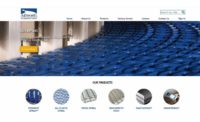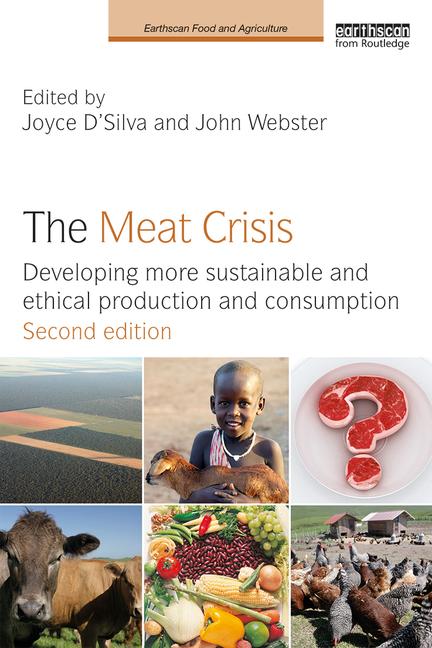How to choose the right conveyor for your operations
Sometimes, it can be like hitting a moving target when considering what conveyor is needed for each job.

Changes in conveyor belt technology are usually measured by decades, even though the belts themselves can sometimes last as little as a few months to a year.
To help all varieties of conveyor belts last longer, they need to be “set up correctly and adjusted with the proper tension, have the right sprocket alignment and also be cleaned and sanitized efficiently,” says Jeremy Adler, Ph.D., former doctoral student at Colorado State University, Fort Collins, Colo.
Frank J. Loeffler, Jr., president of Loeffler Engineering Group, Lago Vista, Texas, agrees that proper sanitation practices can go a long way.
“Whether belts are conveying coal or meat, the safety procedures used are the same,” he adds. Typical cleaning agents are soap and water, alcohol, alkalis, ammonia, Borax, kerosene, live steam, household cleaners and quaternary ammonia. Which is used depends on the type of belt being cleaned.
Traditional sanitizers like chlorine will eventually corrode some belts, because of the cleaning agents’ oxidizing the surface sprayed.
“The belts can’t resist the cleaners, so [replacing them is] just a cost of business,” says Adler. “There isn’t a perfect belt out there that can last 30 years, but depending on how they are set up and used can influence whether they last months or a year. They can crack, for example, due to wear and tear.”
Because new belts can be a major cost to plants, operators try to get the best life possible out of them. They can educate employees on cleaning between the linkages, decreasing harbors for bacteria, making sure the system runs optimally and decreasing costs incurred by delaying belt replacements, says Adler.
“Employee education is crucial for a good maintenance schedule and sanitation training, so oxidizing materials don’t stay on the belts long and instead the cleaners are used to maximize their efficacy,” he says.
A variety of options
Meat and poultry processors have a litany of options when it comes to the composition of the belts they can use in their plants. Some belts are better-suited for some tasks, but all protein processors need to factor in all considerations when deciding on a specific belt material for its operations.
Some meat and poultry companies are trying blue belts — continuous, seamless belts — today instead of traditional interlocked belting. Bruce R. Whitman, principal, Conveyor Safety Engineering LLC, in Lowell, Mich., notes that continuous belting systems are simpler to clean and maintain than multiple rollers, which can number in the hundreds in a typical conveyor belt system.
Seamless belts also come with a heftier price tag. “They are more expensive, so that is why they have not been widely adopted yet,” Adler says.
Processors also may opt to install interlocked belts, which link belt slats together, are joined with plastic or stainless-steel pins and are driven and tracked by plastic or metal sprockets.
These belts can be general purpose belts that have a woven fabric base made of materials like rubber, PVC, polyester and nylon that is covered with rubber or plastic; plastic belting and chain; woven wire belting and flat wire belting.
A fair number of plants use galvanized steel or aluminum in their conveyor systems because they are easy to clean, notes Whitman.
“We are seeing some stainless-steel belting, because it holds up best to antimicrobial sprayers and allows for antimicrobial solutions to come up through the bottom of the conveyor,” Adler says.
Stainless steel is also being used with spiral freezers, commonly used with patties, because the material holds up well, he says.
Some interlocked conveyor belts today are made with plastic, high-density polyethylene (HDPE) or galvanized steel rollers, which are sprayed down with sanitizers.
“There’s a lot of synthetic and plastic belts out there because it’s easier to wash them,” says Whitman. “Plastic segmented belts work well with stainless-steel hinge pins.”
Newer anti-acidic and anti-alkaline materials such as HDPE are being used because they are not supposed to rust from use in or near wet conditions. Steel rollers can rust and corrode from the high moisture and humidity in processing plants.
Looking for a reprint of this article?
From high-res PDFs to custom plaques, order your copy today!









